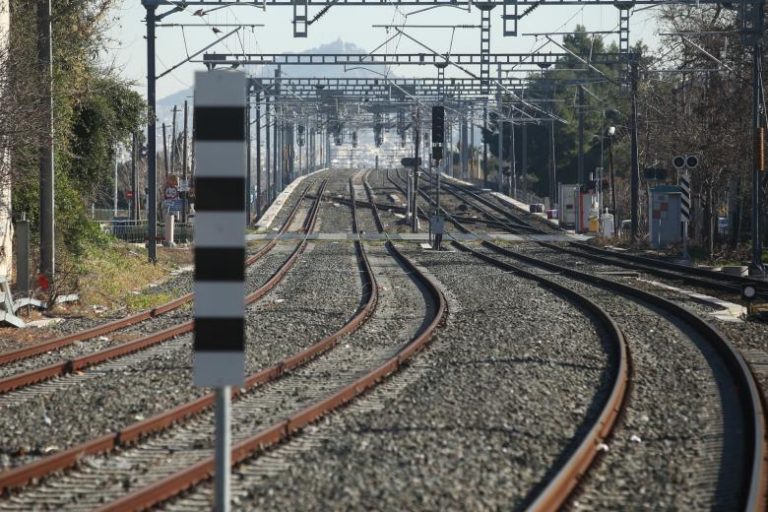
Rail connections are slowly resuming in Greece, with the cargo sector taking the lead, after the twin devastations this year involving the deadly Tempi train collision in late February and the massive flood damage incurred in September. The latter natural disaster essentially wiped out the railroad network in central Greece – the north-south axis.
The resumption of freight services two weeks ago relieved a three-month backlog, but the damage incurred to rail transport reliability is enormous. The twin disasters interrupted rail service on the main north-south axis, with alternate routes seeing container traffic off-loaded at ports in Italy, Slovenia and Croatia, instead of Piraeus.
Manageable impact, supply chain adaptation
Although the situation in the supply chain is being grudgingly normalized, the shipping crisis due to attacks in Red Sea and Gulf of Aden have now caused a new upheaval.
“Some 2.6 million containers arrive at Piraeus via the Suez Canal per year, with the railway now ready but it will be half full,” the president of the Piraeus Chamber of Commerce & Industry, Vassilis Korkidis, said.
“The reopening of the railway is a key contribution to the transportation, especially towards Thessaloniki and northern Greece. The share the railway holds transports from the port of Piraeus is close to 12%. The railway must be more active in the supply chain as it is a cheap and environmentally friendly means of transport,” he added.
‘We need to invest in rail transport’
“During the time that the railway line was closed, several companies were forced to choose alternative routes, such as the ports of the Adriatic Sea or other ports in the Balkans. The restarting of the routes, even on a limited scale, will ease this crisis. In any case, however, the process of restoring the twin line, in order to become fully functional and safe, should be given priority. Given that the funding has been secured from the Recovery Fund, we expect projects will be completed in due time”, the president of the Athens Chamber of Commerce and Industry, Sophia Kounenaki-Efraimoglou, said.
“The overall upgrading of the railway must be of serious concern to us, as it is an issue of vital importance for the development of businesses, the logistics sector and the Greek economy.
She added that, regardless of the devastating damage caused by the floods, the capacity of rail transport remains largely untapped by the capacity of the port of Piraeus. The incomplete connection of the railway network with commercial ports is recognized as a key weakness in the effort to develop combined freight transports in the country, she explained.
“Greece has fallen far behind compared to other European countries regarding increasing, lines, routes, and networks” she explained.
“If Greece wants to become an international logistics hub and take advantage of its geographical position, which connects European and Asian markets, then it should invest in restarting its rail transport in terms of, speed, security, quality, and reliability,” she pointed out.
What’s planned?
Greece’s share of rail freight transport amounts to a mere 2.2%, while an international competition for the restoration of the rail network is being prepared, with initial estimates pointing to a need for around 200 million euros, hopefully fully funded by the EU’s Recovery & Resilience Fund. An international tender, totaling 160 million euros, concerns the restoration of the entire damaged network, of about 180 km.
Repairs and restoration works must also come within a tight framework, as the Recovery Fund ends at the end of 2025.
Source: tovima.com
Latest News

DM Dendias: We talk With Turkey But We Always Bring Up Their Unacceptable Positions
Second and last day of closely watched conference, entitled 'Metapolitefsi 1974-2024: 50 Years of Greek Foreign Policy', also included appearances by PM Mitsotakis, Ex-PM Tsipras and PASOK leader Nikos Androulakis, among others
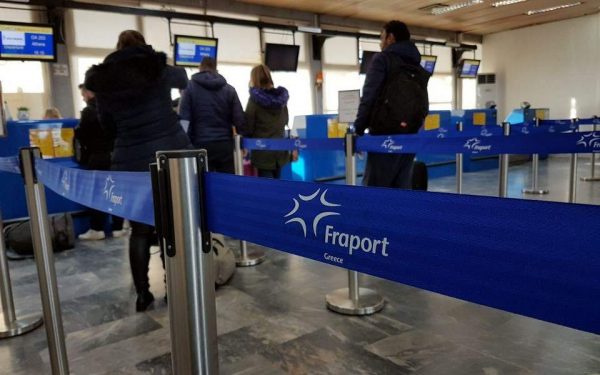
Rhodes Airport Tops Fraport Greece’s Regional Airports in 2024 Performance
According to Fraport's data, more than 35 million passengers (specifically 35.2 million) were handled by Fraport-managed airports during the 11 months.
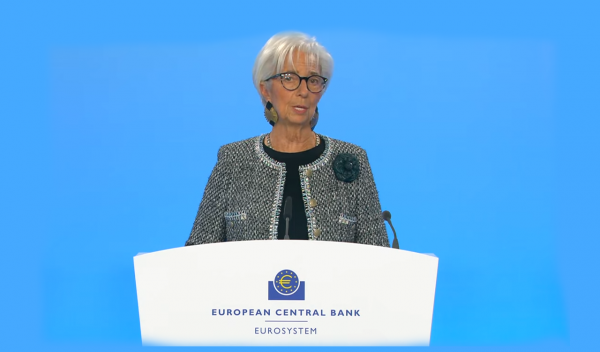
European Central Bank Cuts Interest Rates by 25 Basis Points
It is the fourth cut of interest rates by Europe’s central bank, a move expected by the markets and financial analysts leading to the rate settling at 3%.

Airbnb: New Measures Add €600 in Extra Costs for Property Owners
Property managers face an immediate administrative fine of 5,000 euros if access to the inspected property is denied or any of the specified requirements are not met.

Economist: Greece Included in the Best Performing Economies in 2024
Meanwhile, Northern European countries disappoint, with sluggish performances from the United Kingdom and Germany.

EasyJet Expands Its Routes from Athens
The airline’s two new routes will be to London Luton and Alicante and they will commence in summer 2025.

Capital Link Forum Highlights Greece’s Economic Resurgence; Honors BoG Gov Stournaras
Capital Link Hellenic Leadership Award recipient, Bank of Greece Gov. Yannis Stournaras, an ex-FinMin, was lauded for his pivotal role during Greece’s economic recovery

Tourist Spending in Greece Up by 14%, Visa Card Analysis Shows
Greece’s capital Athens emerged as the most popular destination, recording a 17% increase in transactions with Visa cards, surpassing even the cosmopolitan island of Mykonos.

Inflation in Greece Unchanged at 2.4% in Nov. 2024
The general consumer price index (CPI) posted a 0.4% decrease in November compared to the previous month

2024 Christmas Holidays: Extended Shop Hours Schedule
The 2024 Christmas Holidays extended shop hours schedule commences on Thursday, December 12 and runs until the end of the year.


![Φυσικό αέριο: Δυναμικό come back του LNG στην Ελλάδα [γραφήματα]](https://www.ot.gr/wp-content/uploads/2023/01/OT_naturalgas-90x90.jpeg)












![Fraport: Πάνω από 35 εκατ. επιβάτες στα αεροδρόμια το 11μηνο – Πτώση στη Μύκονο [πίνακας]](https://www.ot.gr/wp-content/uploads/2022/06/fraport-90x90.jpg)












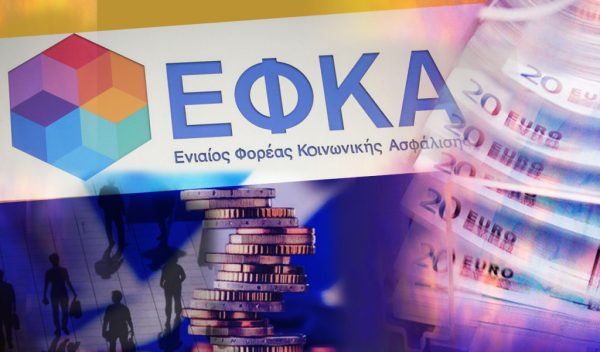


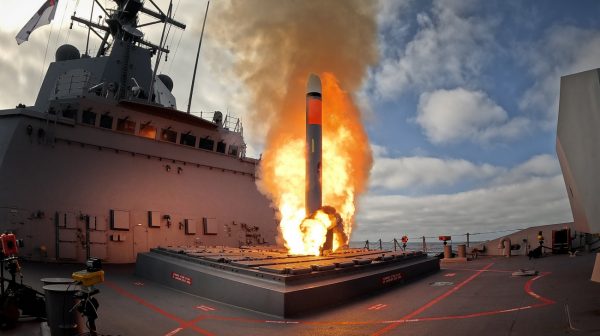






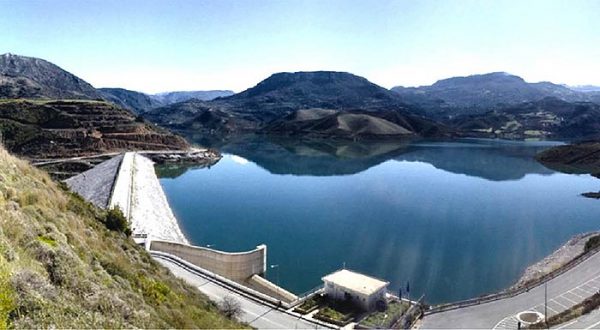



 Αριθμός Πιστοποίησης Μ.Η.Τ.232433
Αριθμός Πιστοποίησης Μ.Η.Τ.232433